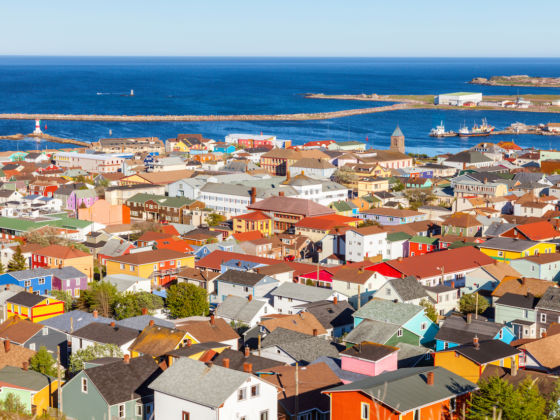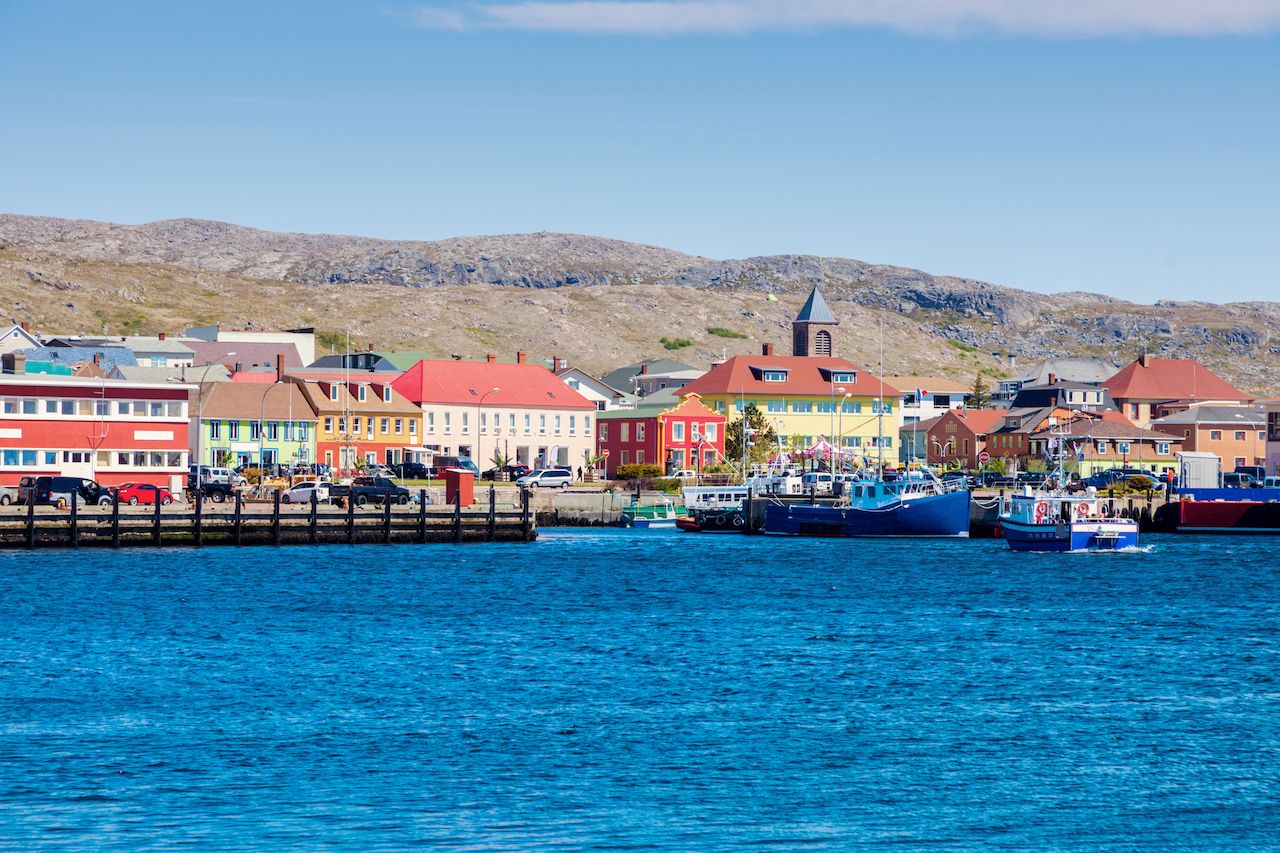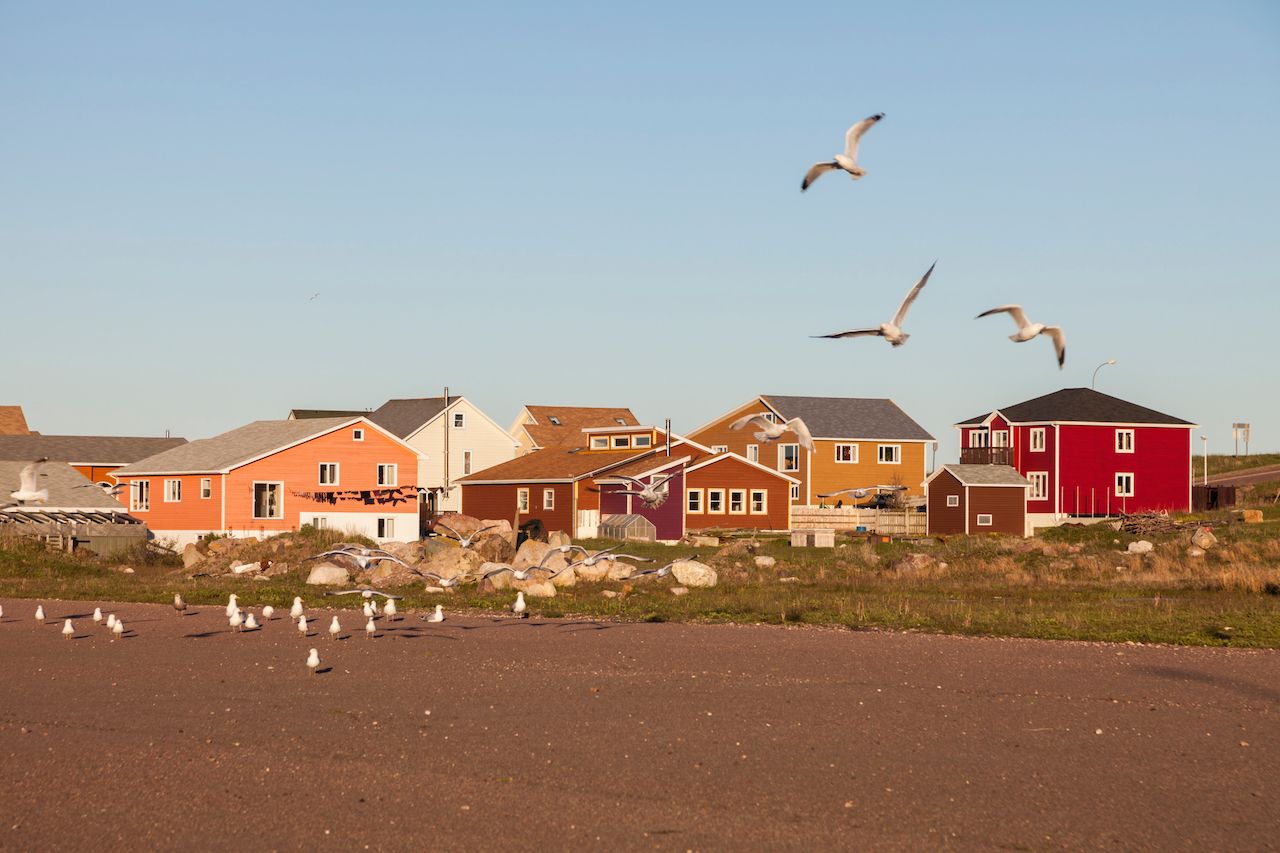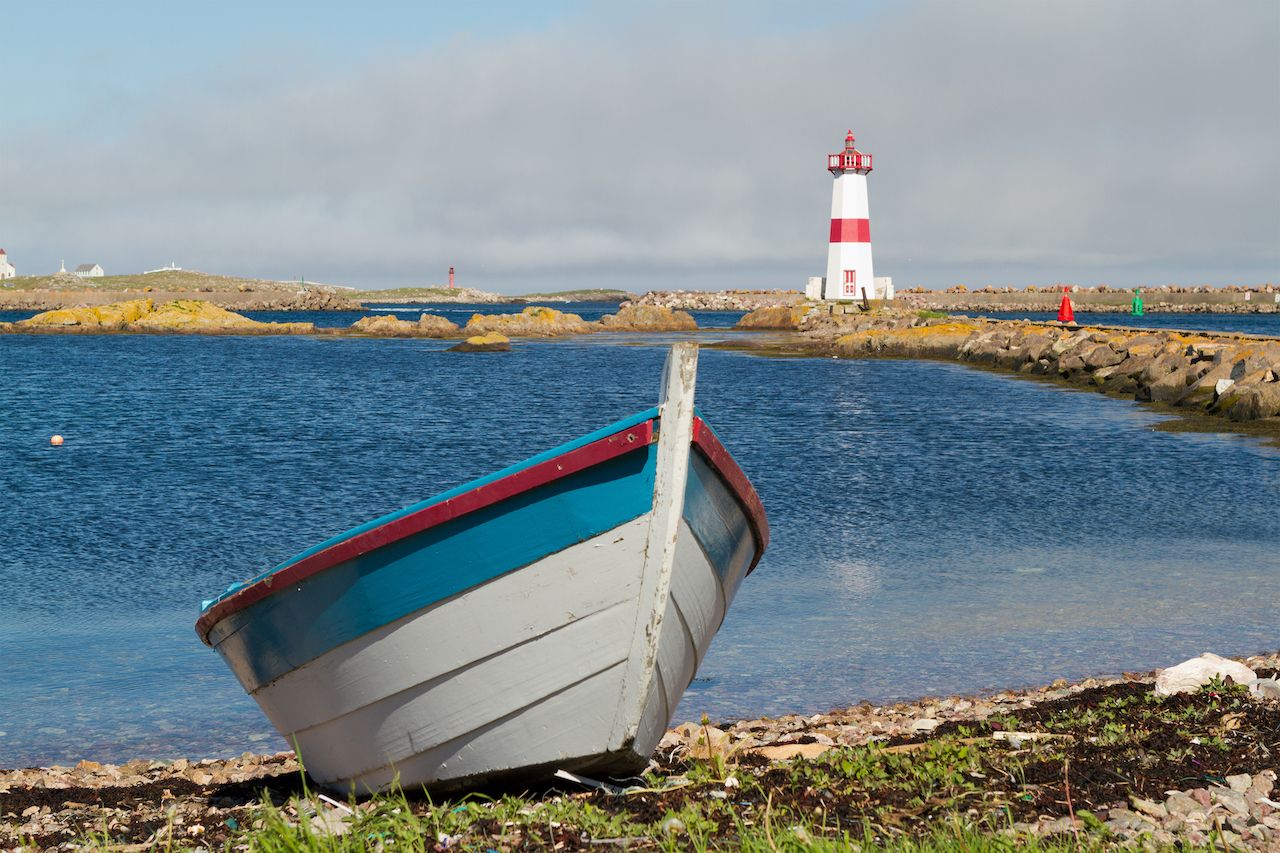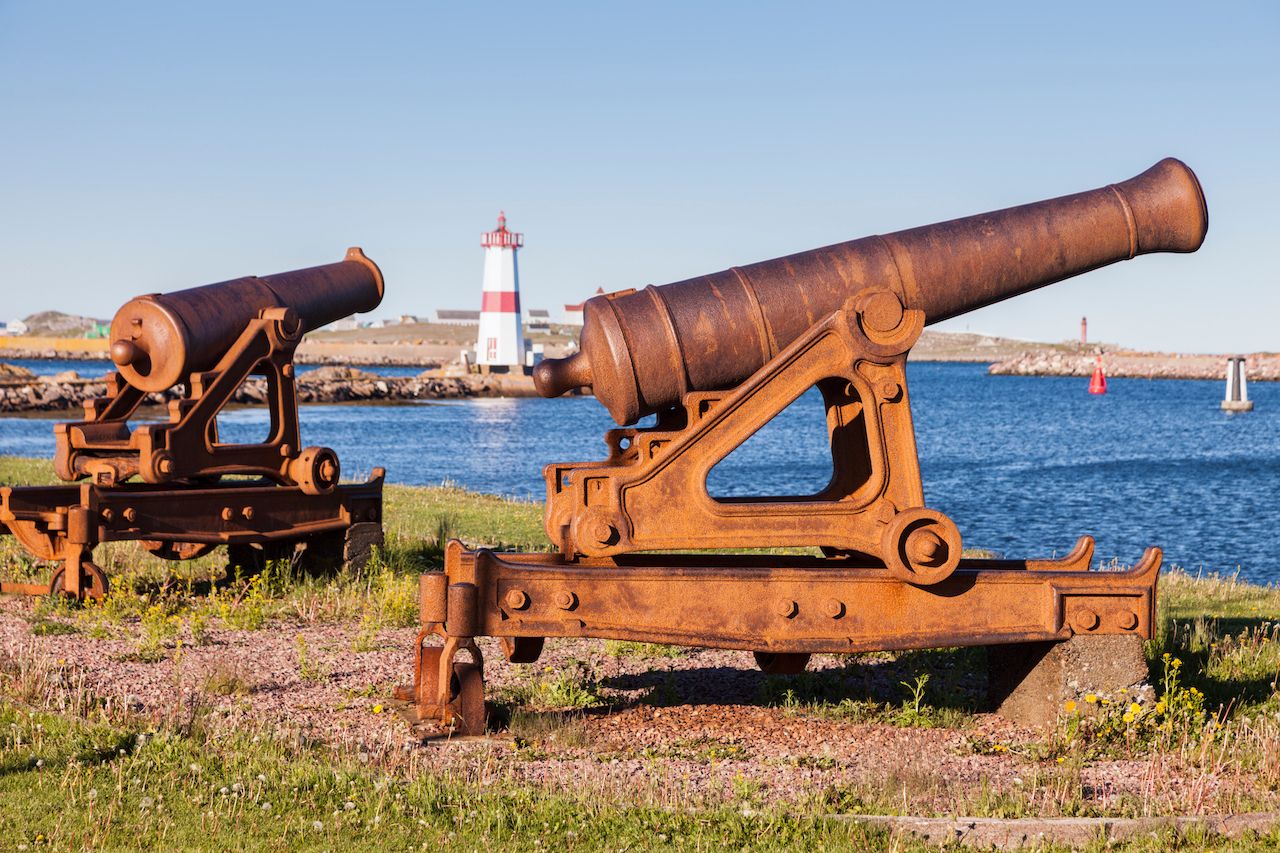When people think of where to soak up French culture in North America, Quebec and Louisiana may come to mind. While these places are iconic for how they’ve adopted customs, language, and heritage from across the pond, there’s a hidden piece of France — actual France — just off the east coast of Canada. Saint Pierre and Miquelon, an hour away from Newfoundland, are self-governing islands belonging to France.
The isles embody a distinctly French atmosphere and way of life with the bonus of being France’s only “overseas collectivity” that’s in North America. It actually is France — and it’s accessible via a remote Newfoundland fishing village. Just like its unique position in the world, there are a lot of surprising things to do in Saint Pierre and Miquelon. Here’s how to spend an unforgettable weekend in France — without leaving North America.
